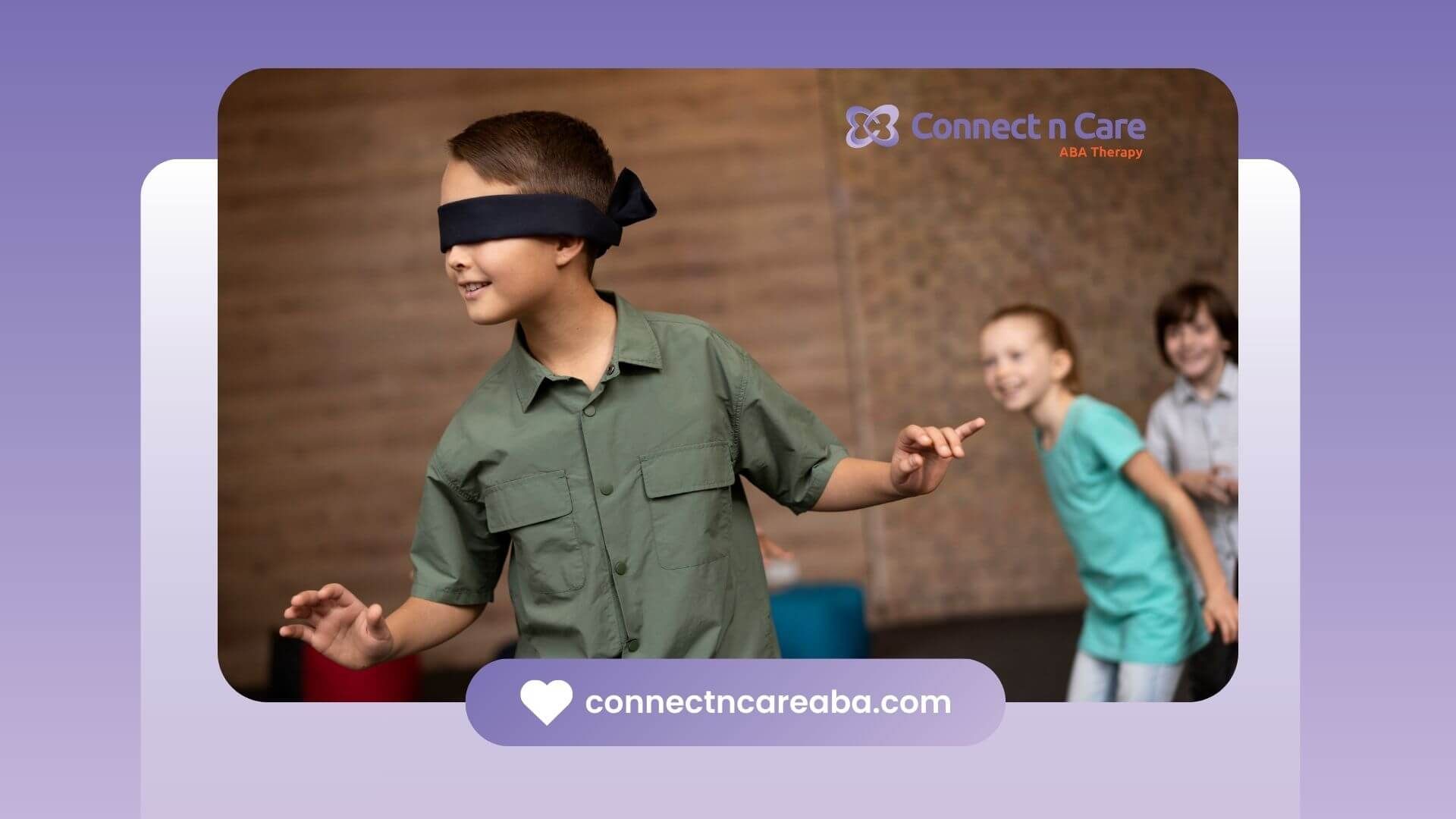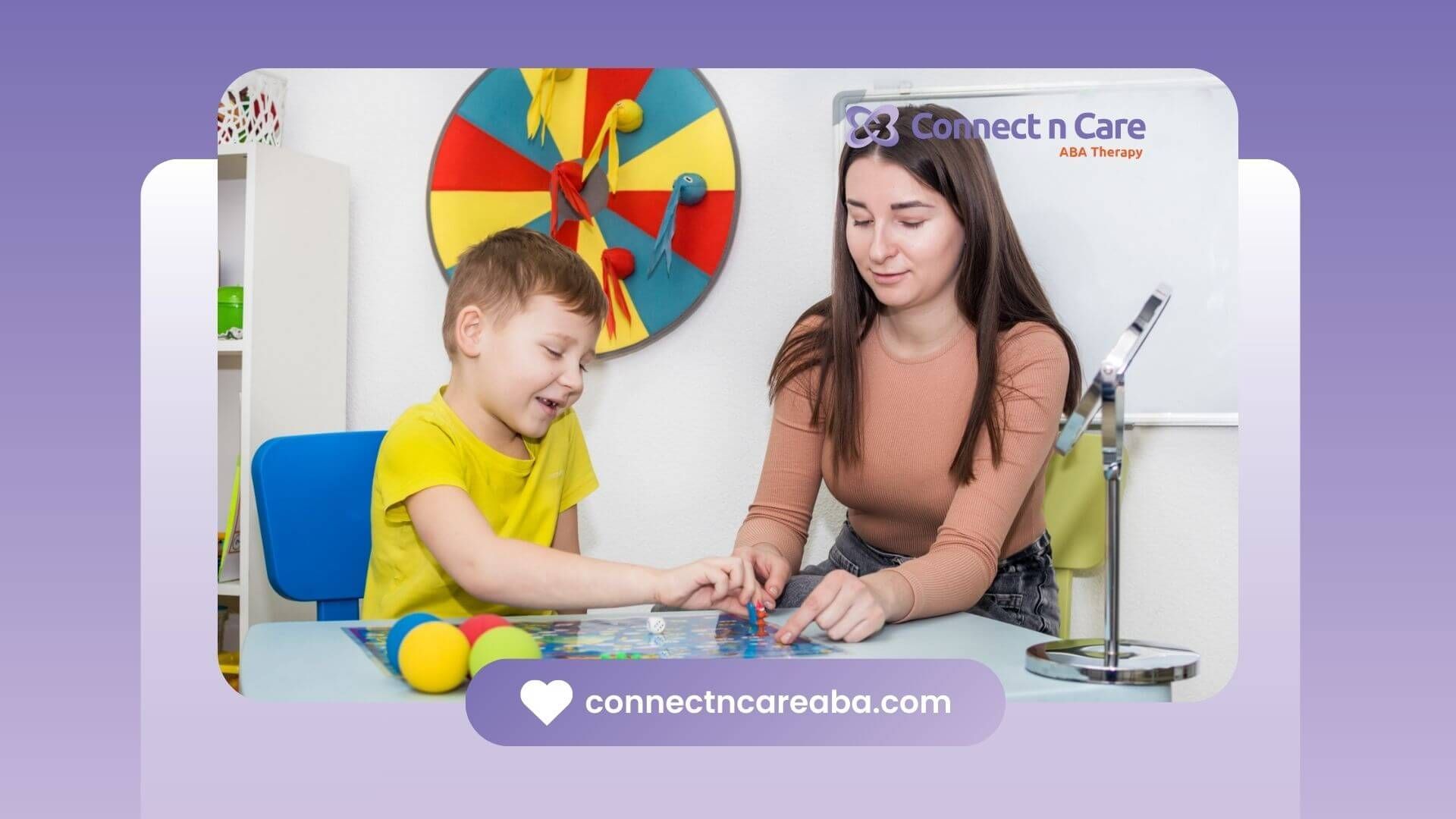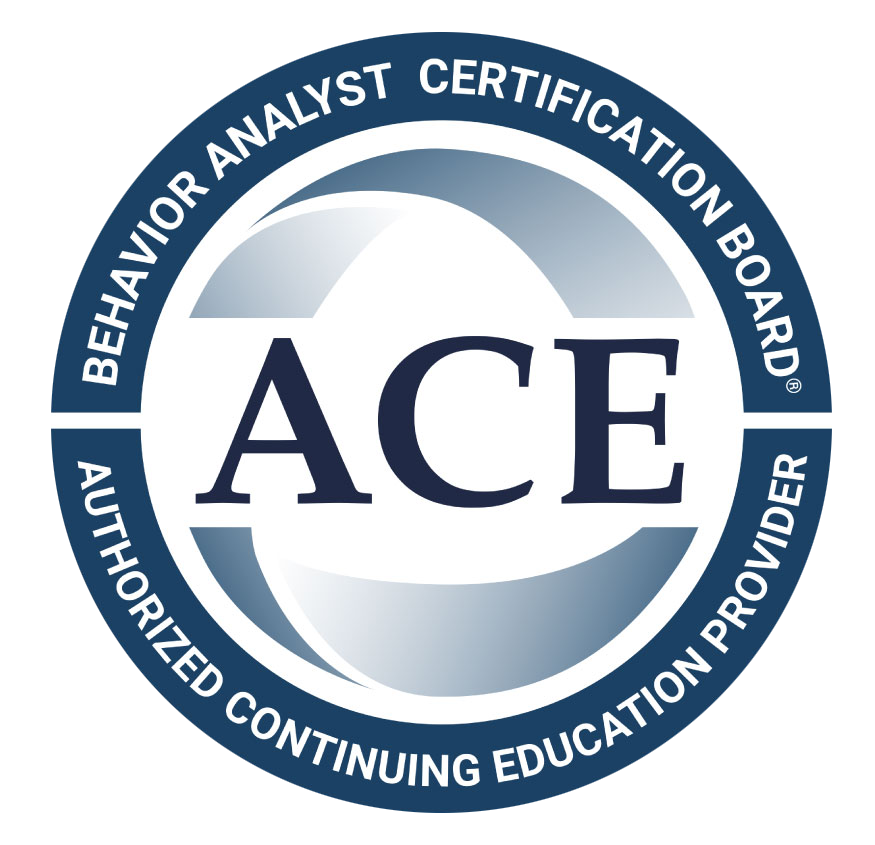Key Highlights
- Distinct facial traits, such as a broader upper face and shorter philtrum, help identify autism spectrum disorder in toddlers early on.
- Genetic factors and brain development intricately influence facial morphology in children with autism spectrum disorder.
- Research reveals specific facial phenotypes linked to early identification and severity of the condition.
- While facial markers provide clues, diagnosis of autism requires broader assessments and further research into their variability.
- Machine learning tools now integrate facial structure analysis for faster early screening and effective intervention.
- Acceptance and debunking myths around autism-related facial features are crucial for societal inclusivity.
Autism Spectrum Disorder (ASD) affects how children communicate, interact socially, and process the world around them. In some toddlers, certain facial features may appear alongside other early signs of autism.
For example, a broader upper face or a shorter philtrum (the area between the nose and upper lip) have been observed in some children diagnosed with ASD.
As an ABA therapist working closely with families across North Carolina, I’ve had many conversations with parents who’ve wondered: Could my toddler’s facial features be an early sign of autism?
While appearance alone never tells the full story, some traits—like wide-set eyes or a high forehead—do sometimes appear in children later diagnosed with autism.
In this post, I’ll walk you through what I’ve seen in my own practice, how these signs fit into early screening, and how ABA therapy in North Carolina can help your child thrive.
The Link Between Facial Features and Autism
How Facial Development Connects to the Brain
Facial structure is closely tied to how the brain develops, especially during early growth in the womb. The phrase “the face predicts the brain” reflects this connection. When certain developmental patterns appear in the brain, they may also shape the face in subtle ways.
In children with autism, this link may show up in physical traits—shaped by both genetic and environmental factors during pregnancy. Understanding these connections gives researchers clues for earlier, more accurate screening.
What Research Says About Facial Traits and Autism
Recognized Facial Differences
Studies have found several facial patterns more common in children with autism compared to those who are neurotypical. These include:
- A broader upper face
- Wider-set eyes
- A shorter mid-face region
These features aren’t diagnostic, but researchers are exploring how they might relate to brain development and autism severity.
The Role of Data and AI
New tools like facial analysis software now allow researchers to study facial shapes at scale. By combining facial patterns with behavioral signs, experts hope to improve early screening accuracy—especially in toddlers too young for standard diagnostic tools.
The Genetics Behind Facial Development
How Genes Shape the Face
Genetics play a huge role in how a child's face forms. Some genes linked to autism may also influence facial features—such as the width of the upper face or the distance between eyes.
Environmental Factors Matter Too
What happens during pregnancy matters just as much. Hormonal changes, nutrition, or prenatal exposures can influence both facial structure and neurodevelopment.
Comparing Facial Features: Autistic vs. Neurotypical Children
General Facial Differences
Children with autism may sometimes show:
- A broader or flatter upper face
- A high or prominent forehead
- Unique spacing between eyes
- A shorter philtrum
These differences are subtle and not always obvious. They also vary widely from child to child.
Important Note on Variability
Just because a child doesn’t have these traits doesn’t mean they’re not on the spectrum. And just because a child has one of these traits doesn’t mean they are. These markers are only one part of a much larger picture.
Key Facial Features Often Observed in Toddlers with Autism
Broader or Flatter Upper Face
This may reflect early brain growth differences and has been noted in research focused on prepubertal boys.
High or Prominent Forehead
A taller forehead could signal changes in frontal lobe development—an area of the brain often involved in behavior and social function.
Wide-Set Eyes or Unique Eye Shape
This may affect eye contact or nonverbal communication. Wider eyes don’t cause communication issues but may point to underlying developmental patterns.
Shorter Philtrum
A shorter distance between the nose and upper lip is another physical feature sometimes linked with autism—but also seen in other conditions, so it’s not conclusive on its own.
Why Facial Traits Alone Aren’t Enough
Limitations of Physical Markers
There’s a lot of overlap in facial features between autistic and neurotypical children. Some children may show these traits and never receive an autism diagnosis. Others may not show them at all but still be on the spectrum.
It’s All About the Bigger Picture
To truly understand a child’s development, you need a full assessment that includes:
- Behavior
- Communication skills
- Sensory responses
- Developmental milestones
Other Factors That Can Affect Facial Features
Individual Differences
Not every child on the autism spectrum will look the same—or have any physical traits that stand out. This variation is part of what makes autism so diverse.
Overlap With Other Conditions
Some facial traits linked to autism are also seen in other genetic or developmental conditions. That’s why facial observations should never be used on their own for diagnosis.
How Facial Traits May Connect to Behavior
Facial Expressions and Emotions
Some studies suggest children with wider-set eyes or flatter midfaces may struggle with facial expressiveness. This could affect how they show emotions or respond to others’ expressions.
Communication and Eye Contact
Features that affect eye shape and spacing may influence how a child engages with others—especially through eye contact and facial cues.
Sensory Processing
Toddlers with broader upper faces and wider eyes may show increased sensitivity to light, sound, or touch—common traits in autism.
Tools and Support for Facial Feature Screening
Pediatricians and Developmental Specialists
Professionals can assess facial features during routine exams but will also look at milestones, behaviors, and medical history. Their observations are essential in early autism screening.
The Role of Technology
Facial analysis software now uses AI to detect subtle traits across large populations. While promising, these tools are not perfect. They should support—not replace—clinical evaluation.
Parental Observations
Parents know their child best. If something feels off—whether it’s about appearance, behavior, or development—it’s always worth discussing with a pediatrician.
When and How to Seek Support
Signs Worth Talking About
If you notice:
- Lack of eye contact
- Delayed speech
- Minimal facial expressions
- Unusual facial traits
...it’s a good idea to bring these up with your child’s doctor.
Early Support Makes a Difference
Early autism diagnosis can open the door to therapies that support communication, social skills, and learning—setting up better outcomes over time.
Addressing Myths and Misinformation
What Facial Features Can’t Do
Facial traits might support early screening—but they cannot diagnose autism. Period. They’re just one piece of a complex puzzle.
Promoting Understanding and Inclusion
Let’s move away from outdated ideas about how autism “looks.” Everyone’s experience is different. Greater awareness means less stigma—and more support.
Role of Media and Public Awareness
Shaping Perceptions
The media can influence how we view autism—sometimes inaccurately. Stereotypes about facial appearance or behavior often miss the mark.
The Power of Accurate Representation
When stories include real families and facts, they help normalize autism and foster empathy. That’s the kind of awareness that makes a real impact.
Conclusion
Facial traits may offer some early clues in toddlers on the autism spectrum—but they are not diagnostic on their own. The real value lies in combining those clues with observations of behavior, communication, and development.
Early support, whether through speech therapy, occupational therapy, or behavioral strategies, can make a lasting difference. With advances in technology and growing awareness, we’re getting better at recognizing signs earlier—and giving children the best chance to thrive.
If you're noticing early signs in your toddler—whether they’re behavioral, developmental, or even subtle facial traits—you don’t have to navigate it alone. At Connect n Care ABA, we specialize in compassionate, evidence-based autism therapy for children across North Carolina and Virginia.
Our team of experienced ABA therapists is here to help you better understand your child’s needs and guide your family toward meaningful progress.
Schedule a free consultation today to learn more about our services and how we can support your child’s journey.
Frequently Asked Questions
Can facial features alone diagnose autism in toddlers?
Facial features can show some signs that might point to possible concerns as a child grows. But these things can't be used alone to say if a toddler has autism. To know for sure, there needs to be a full check that looks at the way a child acts and how they talk with others. This is the best way to get a clear idea and to make good plans to help the child.
Are there genetic tests that confirm facial indicators for autism?
Genetic tests can find certain gene changes tied to autism, but these tests do not show facial features linked to autism. Scientists are still studying how genes and the way a person looks are connected. There is no test right now that can clearly check for facial features caused by autism.
How accurate are technology-based facial analysis tools?
Technology-based facial analysis tools can help people learn more about autism traits. But, how well they work is not always the same. The way the algorithm is made, the quality of the data, and differences in people can all affect the result. So, it is good to use these tools along with traditional tests, not as a complete replacement. This helps professionals get better answers when trying to diagnose autism.
Sources:
- https://www.cbsnews.com/pictures/is-it-autism-facial-features-that-show-disorder/
- https://pmc.ncbi.nlm.nih.gov/articles/PMC8773918/
- https://autism.org/characteristics-of-autism/
- https://www.thetransmitter.org/spectrum/clinical-research-facial-features-can-help-diagnose-autism/
- https://www.thetransmitter.org/spectrum/facial-features-provide-clue-to-autism-severity/









